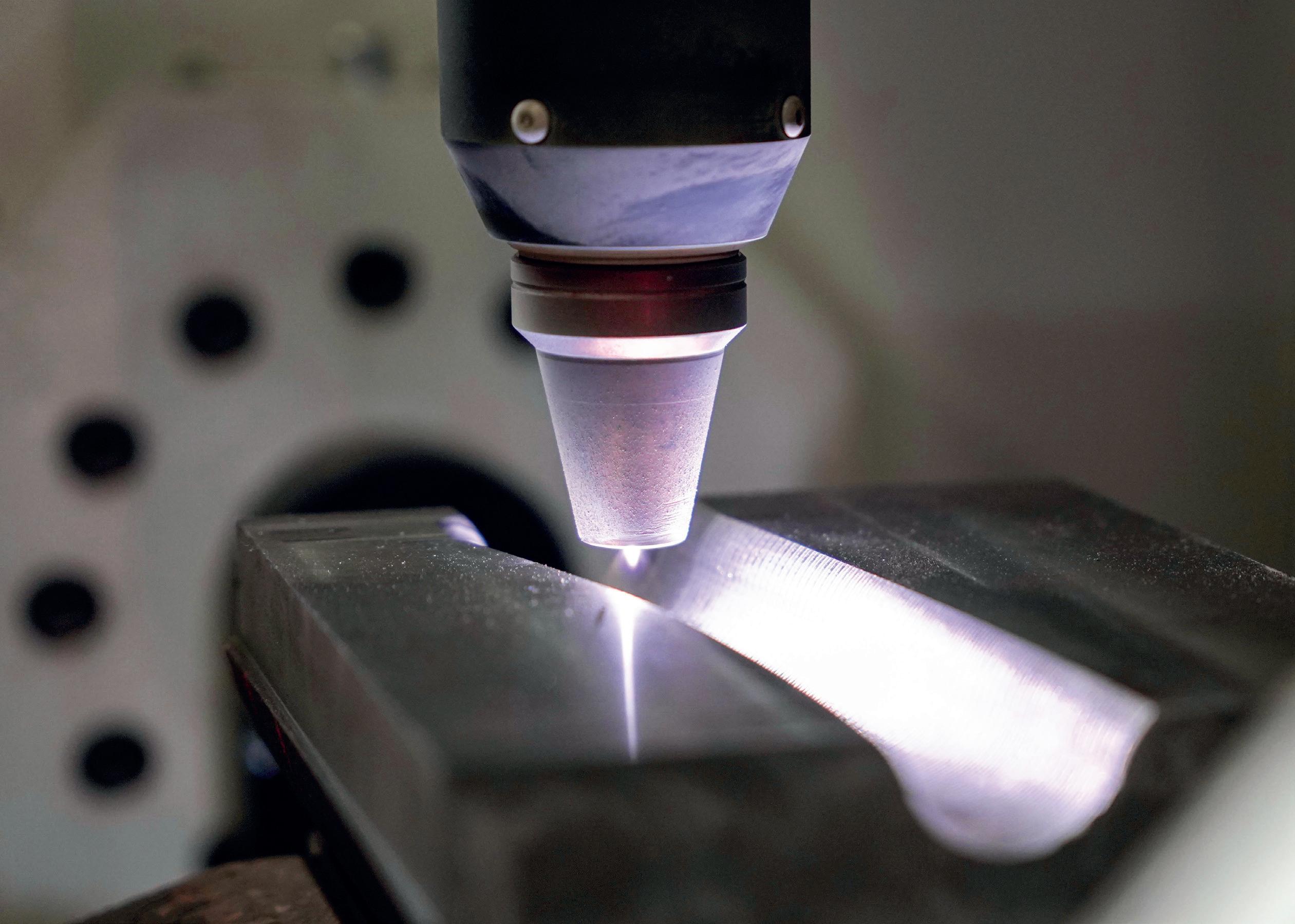
7 minute read
Moulds: MG-Glass
Detailed view of the MG Group’s PTA torch in a mould
� cavity.
Welding on Glass Moulds
Welding is a common word we usually find on Moulds drawings.
But what is behind this term?
Welding is used on glass moulds to protect critical areas, on their precise dimensions, or limit of the wear and fatigue during glass production, or resistance to the glass abrasion, and even sometimes to anticipate repair and maintenance.
Glass production is a question of heat transfer, the material used for mould parts and glass contact are often chosen for their thermal conductivity in priority and less for their mechanical properties.
Welding is an answer often chosen by mould designers, and mould experts to create a compromise between these problematics of heat transfer and higher mechanical properties.
How to apply welding on moulds?
For decades, and still today it is applied on cast-iron moulds manually, by blow torch using oxygen and acetylene gases. The material fused and applied is Nickel base. Different types of torch and equipment can be used like projection fuse on plungers and cylindrical parts.
Some automations were implemented on this process in the 90’s. But the waste of Nickel powder is high, as well as the reliability is not perfectly controlled.
This process has always mainly been manual. 25 years ago the used of PTA torch and automation was introduced.
This alternative welding method has drastically improved bounding control, and made easier applications on Bronze and steel parts, while reducing the waste of powder.
Approximately 10 years ago Laser welding came up and with automation only, reducing again the consumption of powder and reducing drastically time of application thanks to the possibility to apply welding without preheating.
HVOF (High Velocity oxy fuel) is also applied on mould parts and especially P&B and NNPB plungers.
Each coating process can be used in different and specific applications. Mould makers often need to invest in different equipment and processes to answer the variety of glassmakers expectations and requirements.
What process, for which application?
Manual process was used for all applications on cast-iron based material; it has always been used for welding of mould edges, top and bottom matches, seams matches, and full cavity. It has also been used on steel and Bronze material but with some restrictions and/or specific know-how.
This process requires a high experience from welders before reaching a satisfying quality.
PTA process is welcomed for all applications on Cast-iron, Bronze and Steel mould parts, but dilution of the based material with welded powder is difficult to control perfectly. Bonding with based material is high.
The PTA process can be automatised and coupled with an induction preheating system.
Laser will be used for welding edges, top and bottom matches, as well as seam matches. So far it is not used widely for larger surface, but mainly edges welding. This process is fully automatised.
Laser welding can be applied to room temperature without any preheating, which leads to a really good advantage
Stephane Franconville* outlines why welding remains such an important element of glass manufacturing.
and cost saving compared to manual processes.

Welding process differences
The manual welding process is not melting base material with the Nickel powder. The oxy-acetylene flux in combustion project the powder on the surface previously heated up to 800°C.
The bonding of the welded area is reached by the heating of the surface to weld with the torch, and the high temperature preheating resulting in enlargement of the grain structures spaces and hollowing the powder to enter in between the grains. When the mould part cools, the space between the grains closes and insures the correct attachment with the welded nickel material.
In order to facilitate the welding, a shot blasting is applied on the surface to be welded before preheating and improve the bonding.
The necessity to preheat at 800°C before welding on cast-iron requires an annealing treatment after welding application, in order to stabilise the cast-iron highly solicitated during this operation and releases the stress accumulated.
The PTA welding process (Plasma transfer Arc) is similar to TIG welding (Tungsten Inert Gaz) in regards to the creation of a ‘melting pool’ in proximity of the torch.
The PTA torch is composed of tubular anode in cupper in the centre of which a cathode in Tungsten stands. An Argon gas streams in between these two electrodes placed under electrical impulsions, and results in an ionization of the gas which can reach up to 15,000°C.
This process creates the pilot arc from the plasma gas at the nose of the torch and the anode is water cooled to avoid its melting.
The pilot arc melts the base material creating a melting pool and the powder is brought to this diluted bath. All the welding is protected by an inert gas through a separate channel.
The Laser process finds its energy through a laser beam, the welding process is similar to what is described with PTA, but the source of energy is different and more concentrated.
The torch is watercooled and lets the laser beam goes through, it brings the powder with shielding gas.
The quality of the welding is also protected via an inert gas to avoid any corrosion during the fusion.
Latest developments
With more than 40 years’ experience in designing, engineering, manufacturing, and repairing glass moulds for all processes and all type of glass, Meca-Glass Group offers its expertise in material and welding applications for industry moulds.
Recent developments have been made on coating applications, based on the expertise of the different processes described before.
MG-Group offers a solution to glassmakers with fully coated cavities moulds and blanks.
The entire glass contact is welded using the PTA process, specifics powders and specific welding gas.
For two years MG-Group has been manufacturing mould sets for perfume, cosmetics, and pharmaceutical glass containers using this new application. The results are showing significant advantages in heat control, glass appearance and lower seams marks.
The other advantages of coated moulds particularly ring in the ears of glassmakers concerned by Corporate social responsibility (CSR) offered swabbing reduction during the glass production. Shiny appearance, and lower seams marks lead in reducing burn off on the production lines and in consequence reducing the carbon fingerprint.
Finally, the reduction of swabbing
CNC controlled PTA welding equipment used on full cavity coated moulds Continued>>
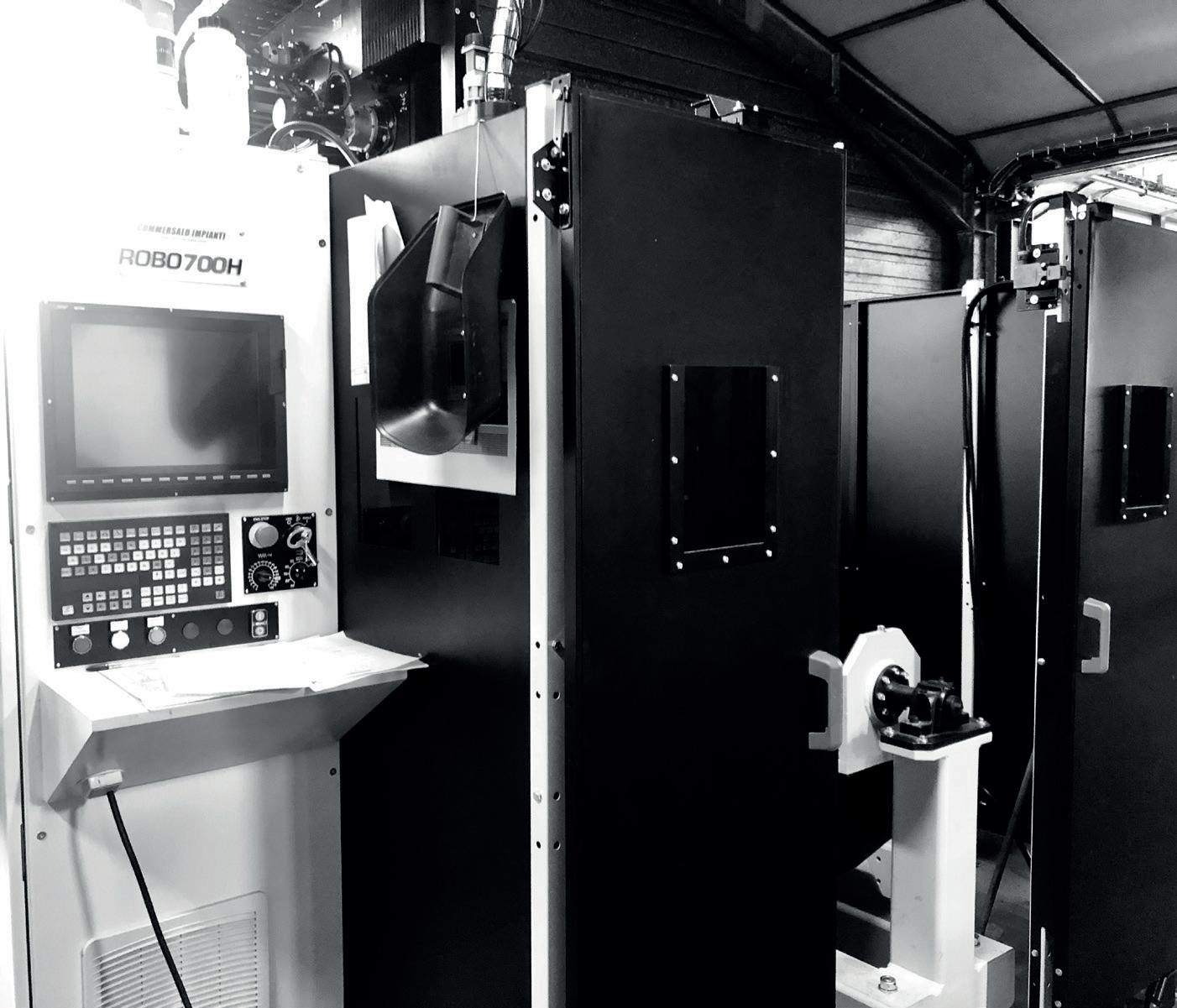
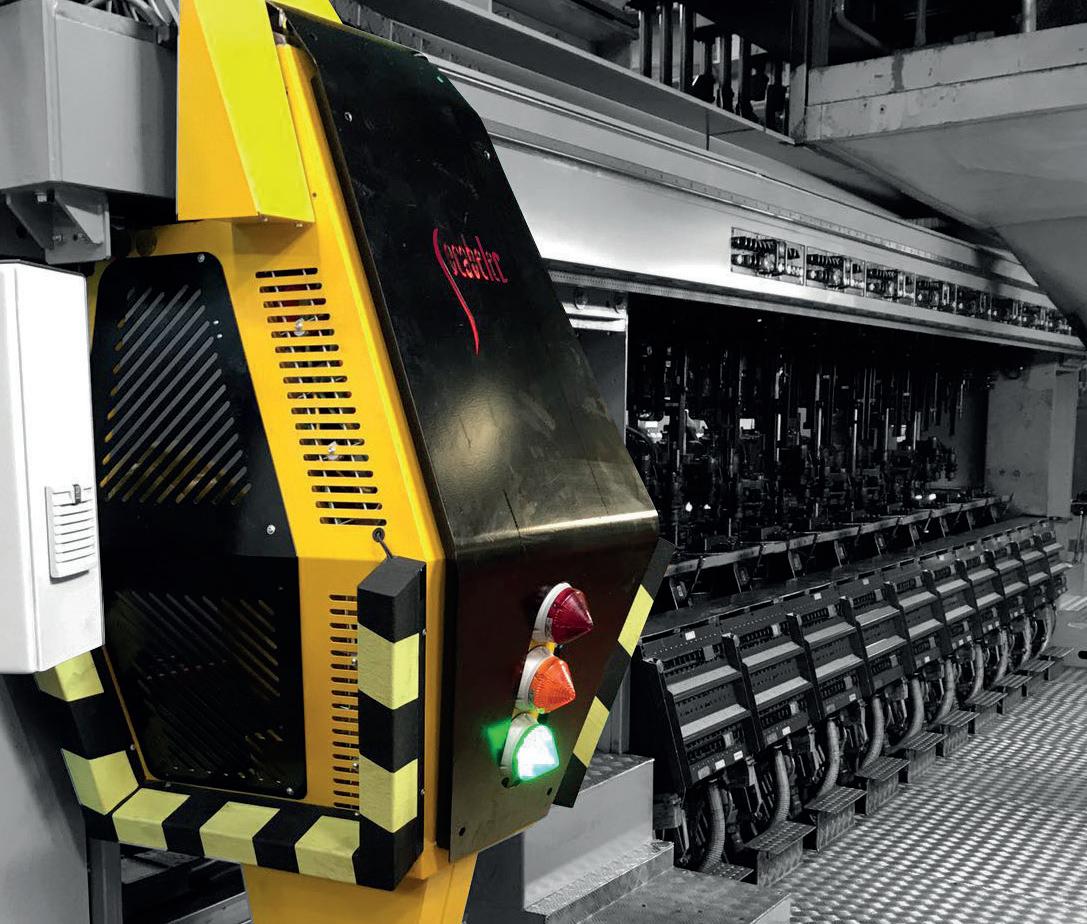








* latest swabbing-robot installed in July 2017 in Germany PTA torch overall view used on full cavity coated moulds
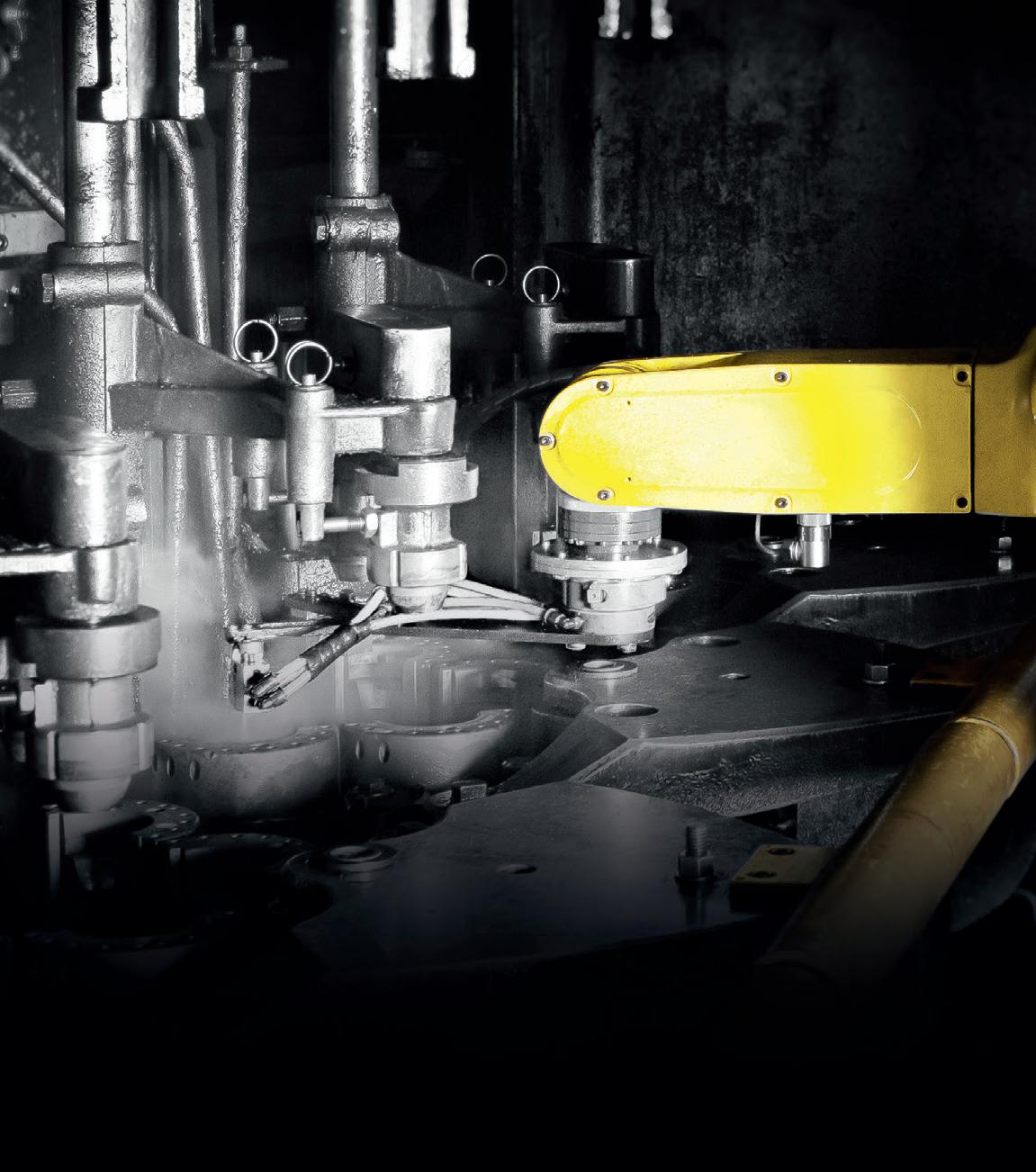
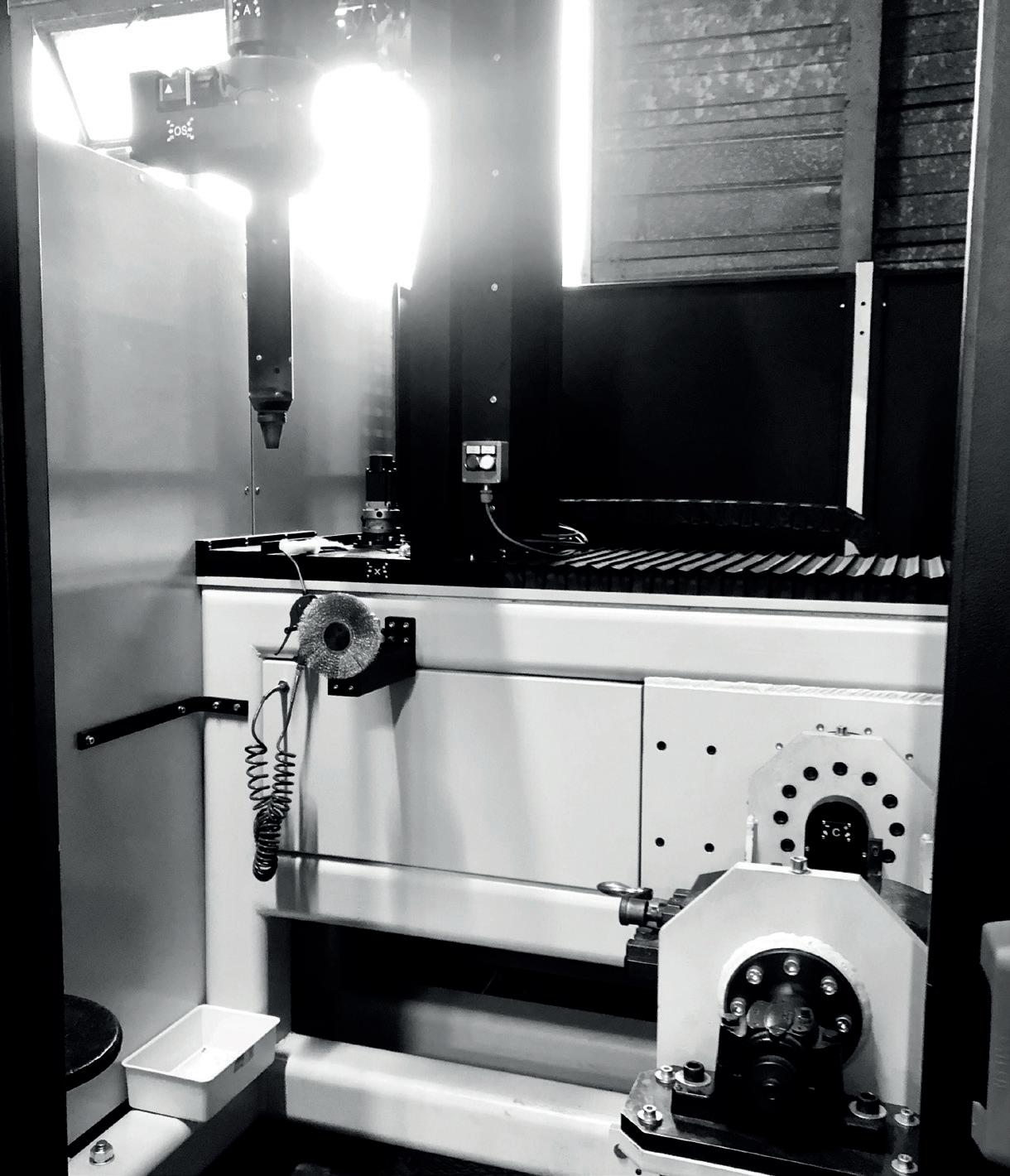
results in lower the necessity of sorting glasses at the cold end.
All these benefi ts answer the economic, and environmental issues faced by the whole industry.
The luxury and cosmetics packaging makers are sensitive to these aspects to better meet their customer expectations.
MG-Group graduated in September 2022 Gold level with Ecovadis CSR evaluation.
The borosilicate glass used in pharmaceutical production is also taking advantage of the coating specifi cations and higher resistance to abrasion, resulting in glass moulds lasting longer during production cycle, and reducing the number of mould changes.
Current production tests are in progress on tableware moulds running very aggressive glasses such as Opal.
Our coating solutions can be adapted with different powder compositions to better answer each glassmaker problematics.
MG-Group is located in Normandy, France in the heart of the Glass Valley, and specialises in the design and manufacturing of glass moulds offering this coating solution, uses modern CNC equipment and has invested €2 million in new machines this year.
MG Group is composed of Somobresle, Meca Moules Services and Mouleries de la Bresle.
With over 90 employees, and around 50 CNC machines, our new group is leading the western Europe mould industry in cosmetics, and high-end perfume bottles, and will continue to invest in 2023 and will pursue its innovation strategy. �
*Founder, MG-Group, Blangy-Sur-Bresle, France www.mecaglass-group.com










